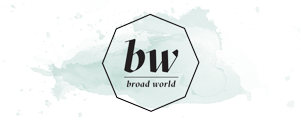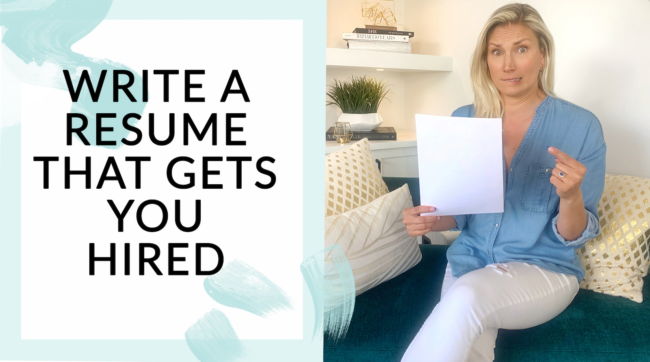Top tips to refine your cover letter
My last post was all about the dos and don’ts of resumes; today let’s build off of that dream job momentum and talk about cover letters. Cover letters are an essential part of the application process, but tons of people miss this golden opportunity to stand out.
The goal for your cover letter is to introduce yourself to the hiring manager as a pre-interview, and should be treated that way. It’s a fine balance between standing out and being professional.
Here are some kick-ass tips and tricks that will get you the face-to-face interview that you so deserve. Let’s get you that interview!
*Scroll to the bottom of this page to watch the video*
1. Use a template — but only as a guideline.
A template is a great starting point, so as I suggested for your resume, create a master document. In order to show you’re keen on each job and not simply applying to multiple companies en masse — tweak!
Use this opportunity to give examples about your work history, goals, and values that align with what they’re looking for. Speak about when you were first introduced to the brand and why you were attracted to working there.
2. Clearly state your name and contact information.
As you would with your resume, make this very clear. Put your name and contact at the top of the document where there’s not cluttered text or graphics around it. The right corner is a great place for this.
3. Address the correct person.
Who will be reading this cover letter? Make use of your LinkedIn. “Dear Sir or Madame” or “Dear Hiring Manager” are very sleepy.
4. Highlight the role you’re applying for right away.
Call out the role in the first sentence — save the reader time and energy. Show them you know what you’re applying for and don’t make them guess with filtering through stacks of resumes.
5. Don’t rewrite your resume in paragraph form.
This is the biggest mistake I see in a cover letter. Don’t simply reiterate your resume in sentence format. As I mentioned in point one, go deeper into how you align with your values and the brand. Your resume is a great way to highlight achievements, whereas, this is where you can show off your personality.
6. Be conversational, yet professional.
Use conversational, yet professional, words. Engage the reader the same way you would in an interview — like a human being. We often get caught up in jargon or floral words as we try to elevate ourselves, however, this can actually make you blend in and not get your point across.
7. Showcase how you’re personally aligned.
Highlight pieces from your resume that align with the company’s values. This is usually so easy it’s written in the job description. Mirror them. Give examples of how they align with you.
8. Show you’ve done your research.
Talk about a staff initiative, a recent partnership, or an impressive feat the company has tackled and what it meant to you or how it aligns with you.
9. Focus on readability.
Go for readability. Use new paragraphs, bullet points and bigger or bolded titles. Just as I’ve used a list and varying font size to make these 300+ words more digestible to you, do that for your reader. Be sure you maintain a respectable font size, though — don’t go too crazy.
10. Cut to the chase!
Keep it short — stop rambling!!!!!!! That’s all.
11. Use the body of the email to drop your best asset.
If you have the email of the hiring manager, this is your opportunity to attach your cover letter and resume (in PDF!) with a stellar reason for them to open your attachments. If you could only say one thing, what would it be? An example:
“My resume will show you my experience and credentials are a fit, but what excites me about this role is…”
One last thing… PROOFREAD! You have a spell-and-grammar check — use it. Read everything twice and then send it to a savvy friend who will also read it twice.
You’re fabulous, so let’s make sure you get your foot through that door.
I’d love to hear hiring manager feedback. What are you looking for in candidates? Candidates — were this post and video helpful for you as you navigate the job-hunting waters? Let us know in the comments below!


